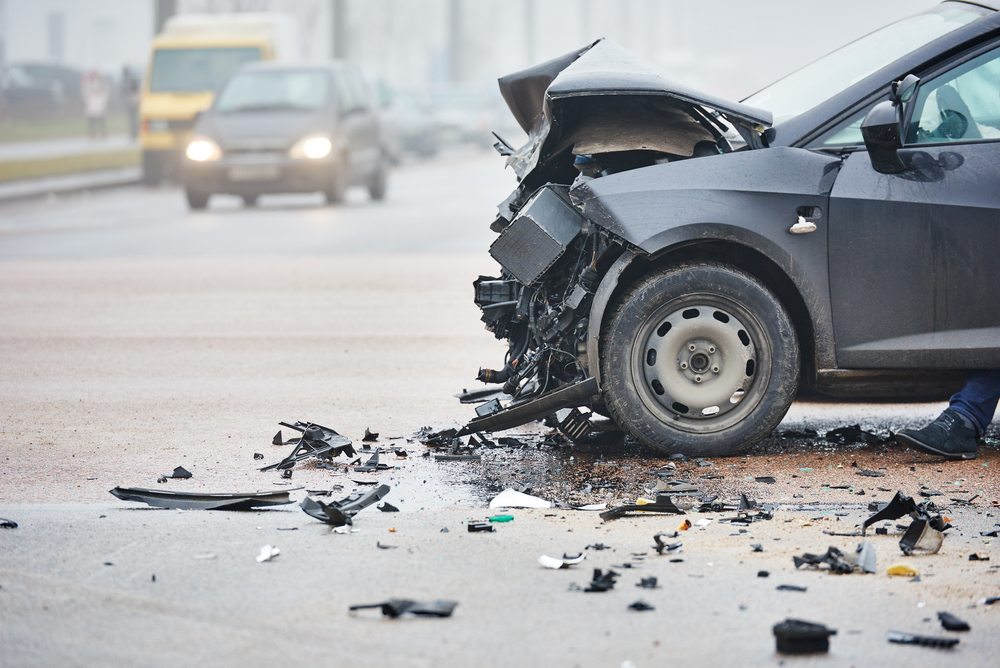
When you’re involved in a car accident in Nevada, understanding the settlement process is crucial. A settlement is the resolution of a dispute where you, the affected party, agree to receive payment in exchange for dropping any further legal claims against the other party. In the context of a Nevada car crash, settlements often involve negotiations with the at-fault driver’s insurance company to compensate for damages such as medical expenses, property damage, lost wages, and pain and suffering.
Navigating the settlement process requires a good grasp of Nevada’s traffic laws and insurance requirements. The state follows a fault-based system, also known as tort liability, which means that the person responsible for the accident is liable for the losses incurred. You must also consider that Nevada imposes a statute of limitations, which gives you a specific time frame to take legal action after an accident. It’s imperative to act within this time frame to preserve your right to a settlement.
Your settlement may also be influenced by Nevada’s comparative negligence rule, which can affect the amount of compensation you can recover if you shared responsibility for the accident. Insurance companies will scrutinize every detail of the collision to determine the degree of fault attributable to each party before agreeing on a settlement amount. It’s beneficial to gather comprehensive evidence and, if necessary, consult a legal professional to strengthen your position in settlement negotiations.
Understanding Car Accident Settlements
When you’re involved in a car accident in Nevada, understanding the settlement process is crucial for receiving fair compensation. The process involves determining fault, assessing damages, and dealing with insurance companies.
Determining Fault and Liability
In Nevada, liability for a car accident is determined by the rule of comparative negligence. This means that if you’re found to be less than 51% at fault, you can still recover damages. However, your compensation will be reduced by your percentage of fault. Evidence such as police reports, witness statements, and traffic laws will be used to establish fault.
- Police Reports: Often the first piece of evidence in determining fault.
- Witness Statements: Can provide additional perspectives on the accident.
- Traffic Laws: Violations that can help establish fault.
Assessment of Damages
Your damages in a car accident settlement in Nevada are divided into two categories: economic and non-economic.
- Economic Damages: These are your quantifiable losses such as medical bills, property damage, and lost wages. They are typically substantiated with documentation.
| Type of Damage | Documentation Required |
| Medical Bills | Invoices and receipts |
| Property Damage | Repair estimates |
| Lost Wages | Employment and salary verification |
- Non-Economic Damages: Include pain and suffering, emotional distress, and loss of enjoyment. These are more subjective and can be influenced by the severity and permanent impact of your injuries.
The Role of Insurance
In Nevada, you will typically file a claim with the at-fault driver’s insurance company. It is important to understand your own insurance policy as well, as it may provide additional coverage. You should communicate carefully with insurance adjusters as they often record conversations and look for ways to minimize your settlement.
- Your Insurance: Review your policy for coverage such as uninsured motorist protection.
- At-Fault Driver’s Insurance: File claims for damages based on their client’s liability.
- Communication: Be clear and factual with insurance adjusters to avoid misrepresentation of your claim.
Legal Aspects of Car Accident Settlements
When you’re involved in a car accident in Nevada, understanding the legal framework can help you navigate your settlement effectively. This includes knowing relevant time limits, the process for negotiation, and the components of settlement agreements.
Statute of Limitations
In Nevada, you have a limited time to file a lawsuit for damages incurred due to a car accident. This time frame is known as the statute of limitations. Specifically, you must file a claim within two years of the accident for personal injury and within three years for property damage.
Negotiation Process
The negotiation process begins once you file a claim with the at-fault party’s insurance company. It’s important to gather and organize all evidence related to the accident, including police reports, medical records, and witness statements. You should also calculate all related expenses to determine the settlement amount to pursue. Initial settlement offers may be lower than what you can potentially recover, which often leads to a series of negotiations to reach a fair agreement.
Settlement Agreements
A settlement agreement finalizes the compensation from the at-fault party. In Nevada, the agreement should be in writing and include specific details, such as the compensation amount and release of any future claims related to the accident. Once signed, you are typically barred from seeking additional compensation related to the incident, making it critical to ensure the settlement covers all your damages comprehensively.
By understanding these legal aspects of car accident settlements, you’re better equipped to protect your rights and to ensure a fair outcome for your claim.
If you are looking for legal advice and awareness on Las Vegas Personal Injury Lawyer or Las Vegas Car Accident Lawyer click here to contact us.
